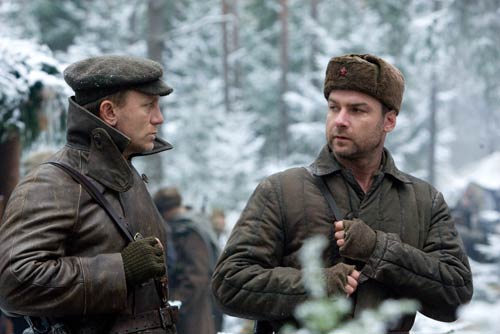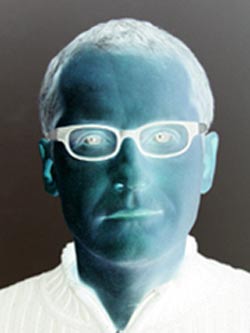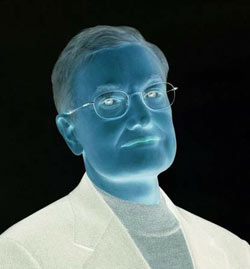
Andrew Schwartz/Miramax Film Corp.
Meryl Streep and Philip Seymour Hoffman in Doubt
Doubt is one of those Oscar-bait movies that gets the Academy all worked up. Throw in two titanic actors (Meryl Streep and Philip Seymour Hoffman in this case), a hot-button issue, prestigious art direction, and Roger Deakins’s always assured cinematography, and you’ve got a film destined to make certain Top 10 lists. Not mine, though.
It stars Hoffman as Father Brendan Flynn, a friendly, progressive priest, and Streep as Sister Aloysius Beauvier, the kind of nun who terrorized parochial students in the ‘50s and ‘60s. Sister Beauvier doesn’t much like Father Flynn, and that dislike turns ugly when a younger nun (played by wide-eyed Amy Adams) suspects Flynn of making untoward advances on a young boy.
I can understand why Meryl Streep has received so much acclaim (she knows how to chew her scenery without over-stuffing her mouth), but I could never get past the fact that I was watching Meryl Streep. Hoffman, on the other hand, gets just as many dynamic moments and yet effortless slips into his character. His Oscar nomination will be richly deserved.
Effortless slipping is not how I’d describe director John Patrick Shanley, who wrote and directed the original play. Plain old slipping would be more like it. On more than one occasion, he punctuates critical moments with lightning and thunderclaps, a cliche that even horror maven Clive Barker would find hoary. At another time, we have a scene where a cat catches a mouse. Ah, metaphor--I learned about that in junior high. And while cantic camera angles might work in The Third Man, which is all about style, they’re as out of place in this naturalistic setting as a pedophile at Chuck E. Cheese. Ok, that’s not such a good analogy.
The writing is also unnecessarily direct. An early homily by Father Flynn starts with the not-so-subtle, “What do you do when you’re not sure?†Hmm, I wonder what this movie’s about? For those who’ve never taken a philosophy or religion class, this might be provocative stuff, but the theme never rises above the superficial.
I do give the film credit for at least keeping the audience in doubt. Is Father Brendan Flynn a compassionate priest looking out for an outcast student, or is there something much more sinister at work? At various times, the movie has us leaning in one direction only to push us in the other. And because the movie is set in 1964 and we know what would happen in too many Catholic parishes over the next 30 years, we have great sympathy for Sister Beauvier’s passion for ferreting out the truth. Even if our natural inclination is to see her unwavering certainty as a self-righteous flaw, we know that the opposite response of looking the other way led, in real life, to too many shattered lives.
Still, it’s not that hard to keep an audience suspended between two poles. What’s much more difficult is to provide a satisfying ending to such an exercise. In that, Doubt utterly fails. It feels like we’re missing a couple scenes. How else to explain one character’s sudden, unexpected, and completely unexplained burst of emotion? And with that character weeping for her Oscar moment, the camera pulled back and up--yet another film cliche--and I silently swore that I had no doubt how I felt about this film.










